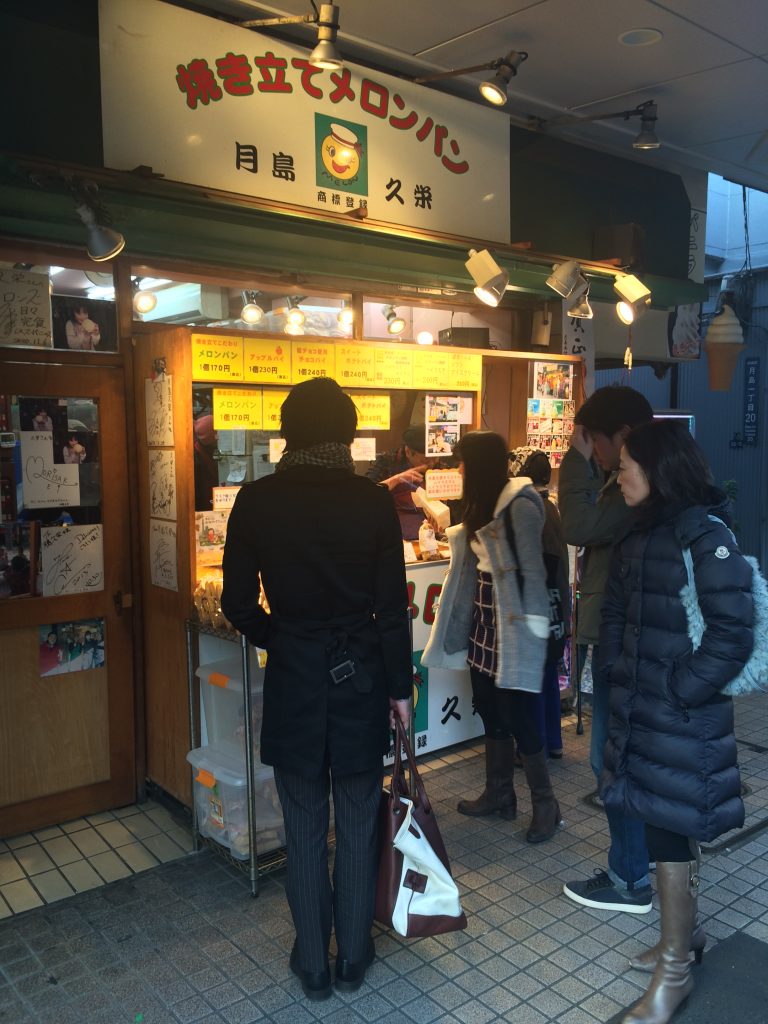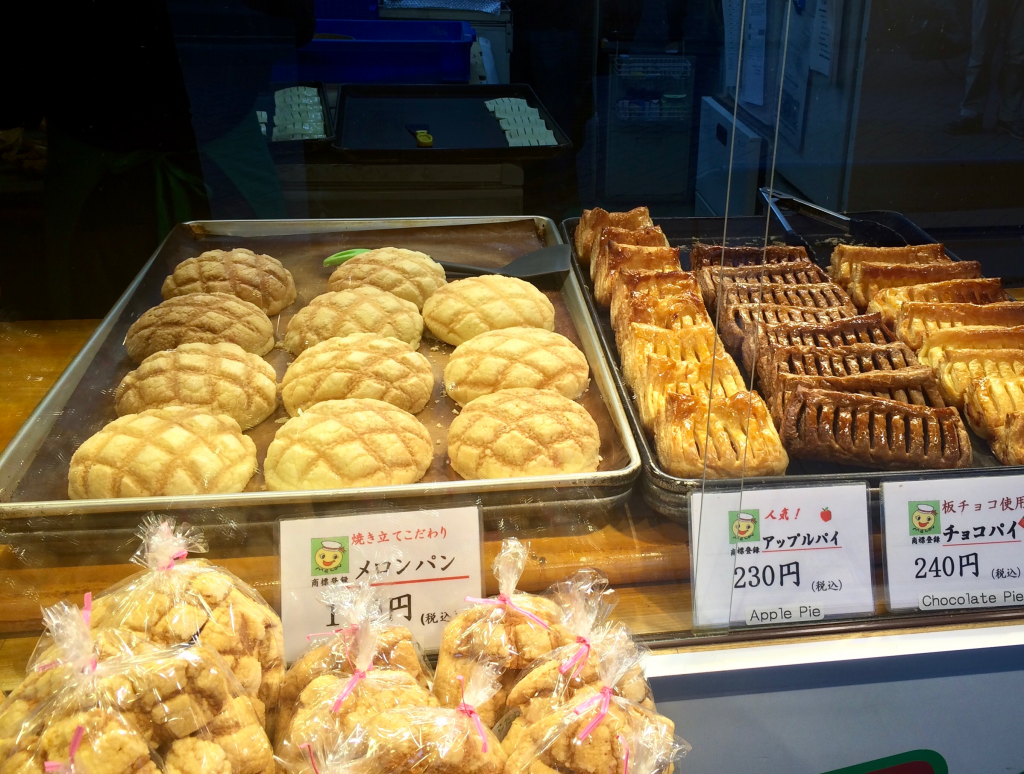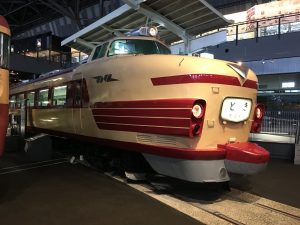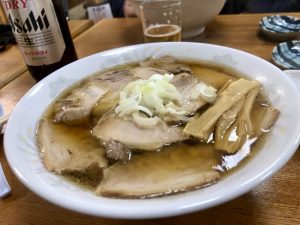Tsukishima
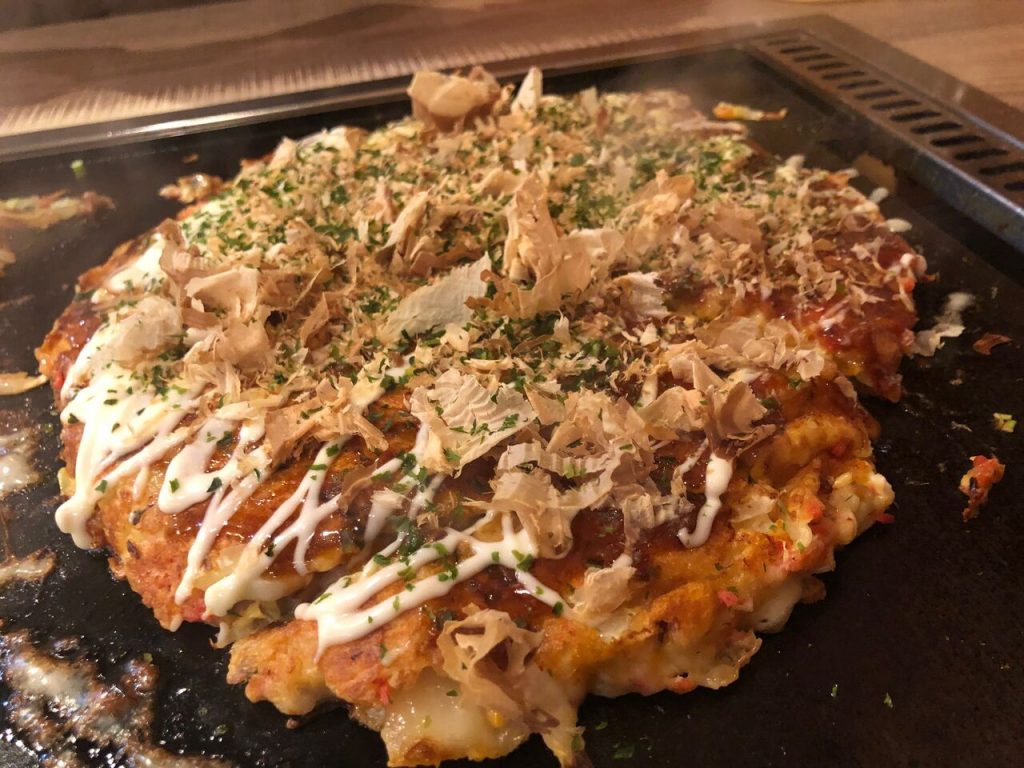
| The Good | The not so good |
| Great food at high quality | Nothing bad at all |
| Atmospheric specialist area |
Tsukishima is famous for its Monja Street (Nishinaka dori in Japanese), a pedestrianized lane with around 40 – 50 specialist restaurants catering to the monja-yaki and okonomi-yaki style of savory pancake-like cuisine. The area cannot be more highly recommended, especially as it has avoided being over-run by tourists, at least up to now. Most of the customers are still Japanese and the sheer number of restaurants along the road means growth can still be catered for in future. If you walk down the far end, away from the station, the street starts to feel a bit deserted, but during busy evenings most places are full to capacity. There are also restaurants off the main street and down the back alleys.
Pro tip: Exit 7 from the subway will take you straight to the main street.
The Tsukishima area is also a great place to walk, with a very ‘lived’, mercantile feel to the small streets and proximity to Tokyo bay and the working shipping lanes. There is a delightful map of the area hosted here although just wandering around the reclaimed island from edge to edge is also a safe possibility (zoom out of the map above and you’ll see why).
Things to eat on Monja Street, Tsukishima
Try a variety of dishes and then finish off with a sweet snack

When Japan recommends the restaurant Goemon, which you can find on Google Maps here (two locations – if one is full they will push you to the other location). Other recommendations are the fairly famous Monja Kondo (booking is advised) and Monja Warashibe (three locations).
If you are not sure exactly what okonomi-yaki and monja-yaki are, check out the When Japan articles for more information. You may also want to look up yakisoba noodles. The style in Tokyo is to fry the dishes yourself on a hot plate, although the ingredients are pre-mixed for you. If you aren’t do confident, the staff will do it all for you if you ask. Most locations nowadays have English menus although not all, and the information online is fairly poor. This site has a good list of the types of fillings you might find.
Below is the When Japan recommended course at any restaurant along Monja Street, although the specifics of each menu may vary. Many places offer a set course similar to below, which may be easier for beginners. This is probably the most economic option, especially if combined with all you can drink plan, but price-wise ordering off-course is not that much different. If it is your second time, you may want to focus on your favorites.
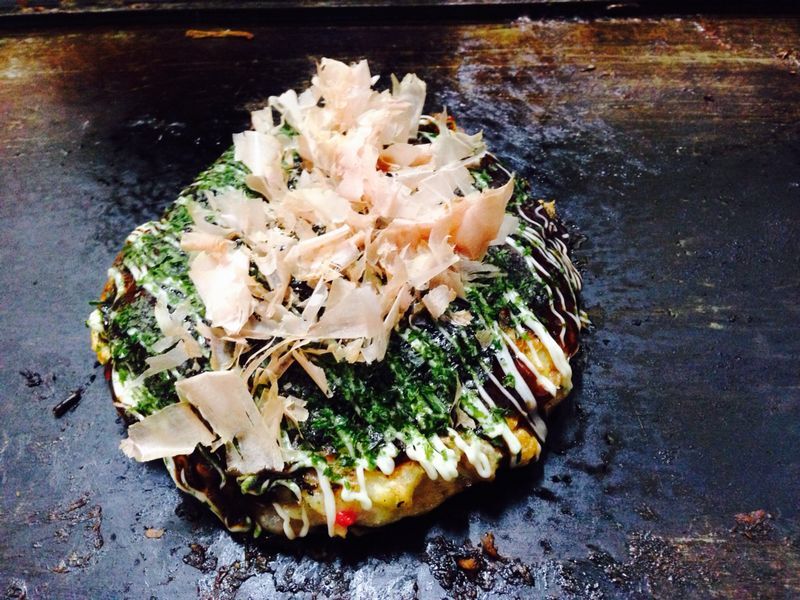
- Start with an okonomi-yaki, one per two people. Recommended fillings are beef, octopus, Italian (pizza, basically), kimchi (Korean pickled cabbage), and of course absolutely anything plus cheese.
- Next move on to a monja-yaki. This takes longer to cook so advanced creators can order okonomi-yaki and monja-yaki together and start cooking the monja-yaki first. By the time you have finished the okonomi-yaki, the monja-yaki should be good to go. The filling is up to you but curry is always a winner. Make sure it is brown on the bottom before eating! If too soggy, the flavor is not so great.
- Next, move onto yakisoba noodles. Cook as you like but usually a healthy splattering of soy sauce is recommended.
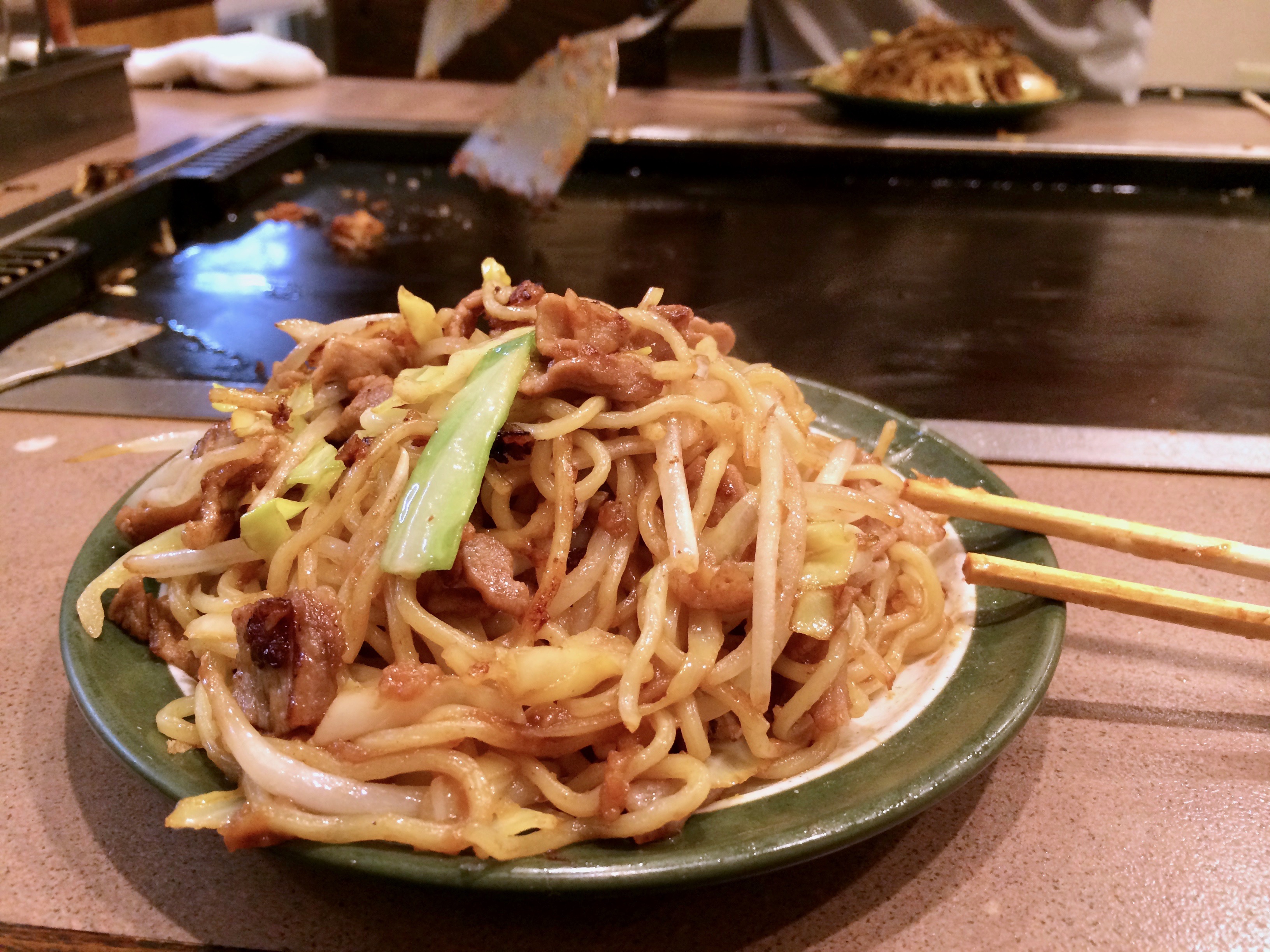
- Additional good side menu items are the butter mushrooms (mushrooms that you fry in butter yourself), which are usually on the menu. They can be cooked off to one side and eaten at anytime.
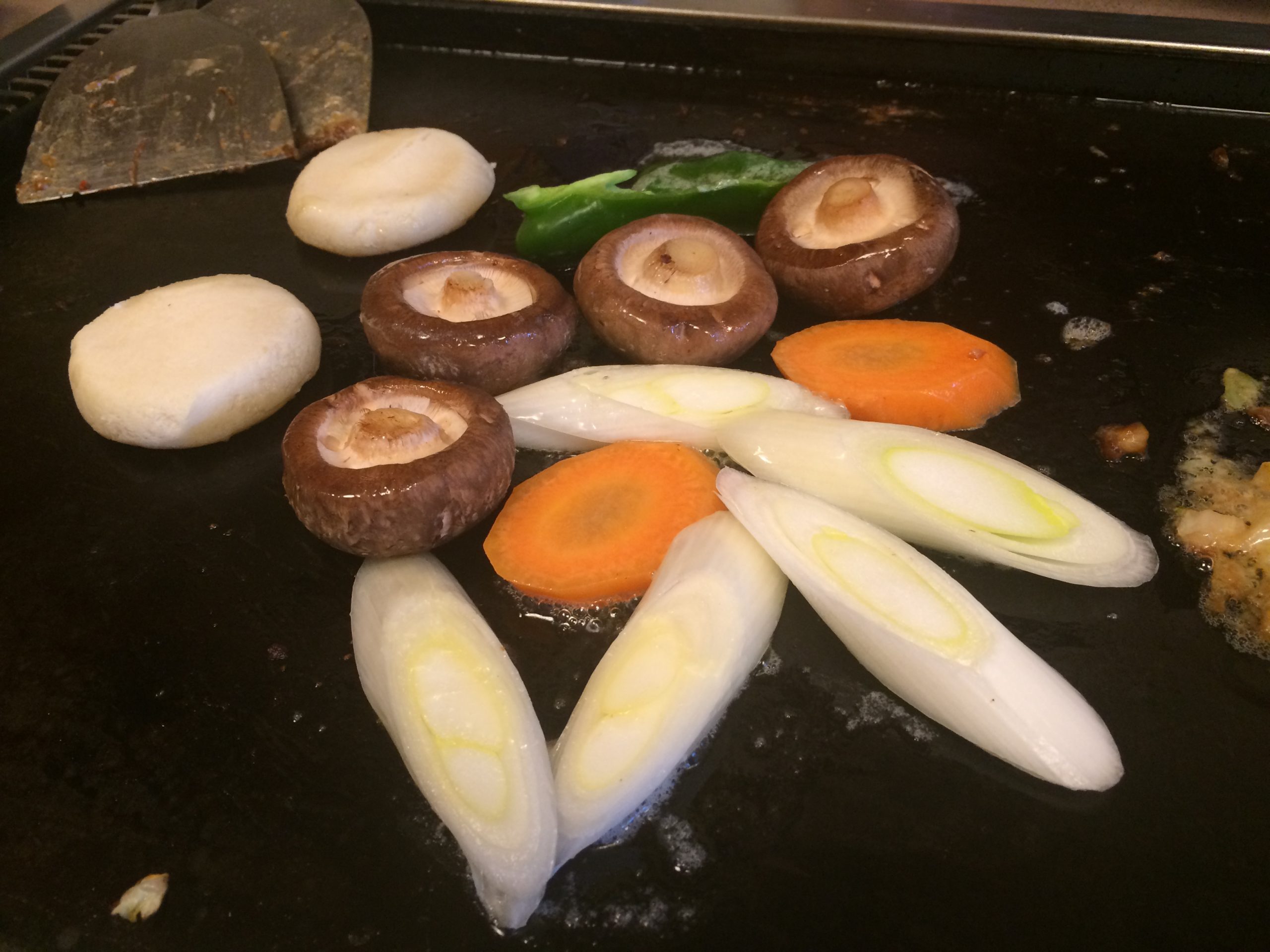
- Finally go for an anko-maki. This sweet bean paste dessert is usually made for you by the waiters and is lovely way to round off the meal. If the bean paste is not to your liking, then apricot or chocolate are also possible, but not all places do them.
After all that, you had better have room for melon bread (it’s a sweet bread that doesn’t really taste of melon). There are two famous melon bread locations along Monja Street, here and here. When Japan always goes to the less busy one here; however the other one is more popular (always people lining up). Order one melon bread (called “melon pan” in Japanese – pan comes from the French for bread) and eat it hot while walking back to the station. As of the time of publishing (August 2020) it is ¥200 for one.
As Tsukishima is reclaimed land, waterways are only a few minutes walk away. A nighttime stroll along the Sumida River is highly recommended before retiring for the evening. If you want a more lively atmosphere to extend your night out, then Monzen-nakacho is only 1 stop away and has many lively establishments full of salarymen out for drinks with their colleagues.
